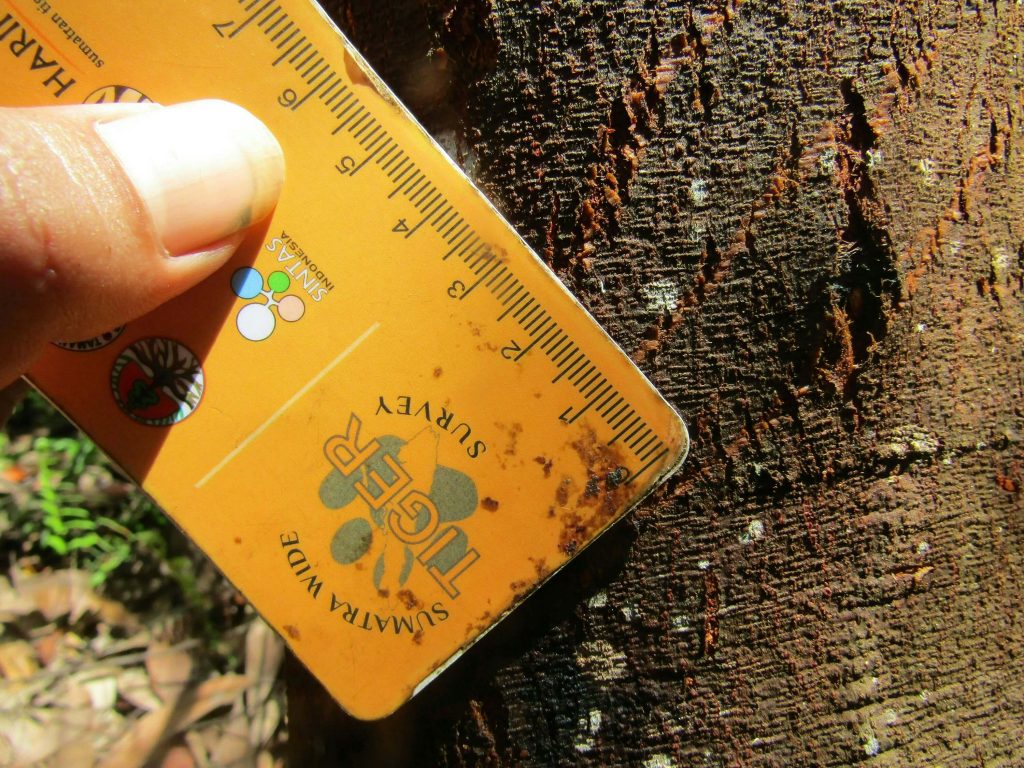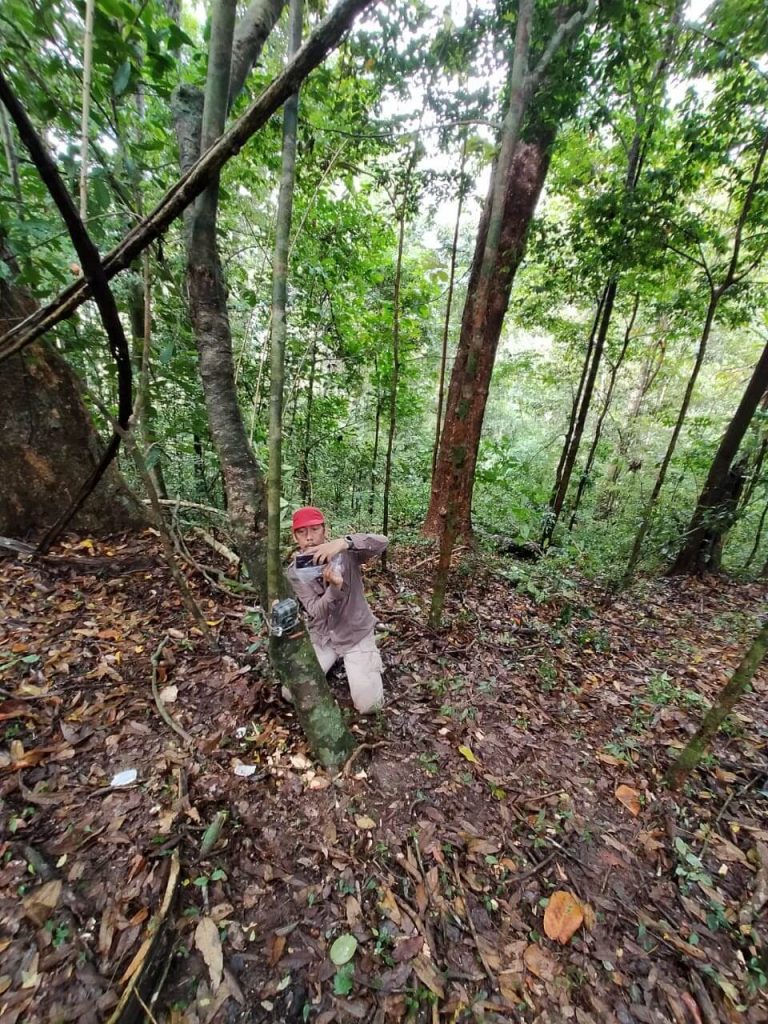Hariyo Wibisono has worked for more than 20 years generating data through scientific surveys and research to represent the interests of the endangered Sumatran Tiger.
With only around 600 remaining worldwide, the critically-endangered Sumatran tiger is a priority for conservation.
Native only to Sumatra, these tigers can be found in Kampar Peninsula, a landscape that Riau Ecosystem Restoration (RER) operates. In one instance, RER workers found a Sumatran tiger trapped in a poacher’s snare near one of the program concessions. They supported the rescue team from the local conservation agency, BBKSDA Riau, and managed to free this tiger from a poacher’s trap.
But RER wants to do more to protect this smallest tiger species, which is threatened by poaching and habitat loss due to illegal logging, agricultural encroachment, and climate change.
That is why it is working with like Dr Hariyo Wibisono, a conservation practitioner and global authority on Sumatran tigers, to collect more data on the elusive animals.
The organization Dr Hariyo founded, SINTAS (Save the Indonesian Nature and Threatened Species), has worked with the RER since 2018 to survey 517,500 hectares of land on the Kampar Peninsula.
What may be surprising is that the surveys showed these tigers prefer to be nearer the plantations – where human activity is taking place – than in the raw peatland forest.
Said Dr Hariyo, or Beebach as he prefers to be known, “Based on the data, my hypothesis is that the tigers in this area like to stay in the plantations instead of the peat area. This is an opportunity to develop specific site management plans for the tiger.
“Otherwise, there may be a potential for more conflict as visibility between tigers and people increase in the plantations.”
The RER team will use the data collected with SINTAS to develop policies to support the protection of the Sumatran tiger population.
For more than 20 years, Beebach has used data – gathered through scientific surveys and research – to champion the Sumatran tiger.
It was a passion he grew into.

Stumbling into Biology
As a student, Beebach candidly admits that he chose to study Biology in Jakarta’s Universitas Nasional to avoid statistics and mathematics. He subsequently meandered into the field of tiger conservation because it was where the job opportunities were.
Despite his initial personal misgivings about field work in the forest, he counts conservation scientists like Timothy O’ Brien and Margaret Kinnaird from the Wildlife Conservation Society, where he worked between 1998 and 2012, as mentors who helped him to develop a love for it.
He said, “I was a city boy! I didn’t like going into the forest. But over time, I realized that it was an important work. There weren’t many people working on tiger conservation and I decided I would become a champion for tigers. I started loving tigers.”
National and Global Tiger Expert
Today, Beebach is an expert on Sumatran tigers in Indonesia and on the world stage.
As one of a handful of Indonesian experts in large mammal survey techniques, his research has shaped critical tiger conservation policies not only amongst private sector organisations whose work impacts tiger habitats, but at the national level.
He was involved in developing national tiger conservation policies, including the National Tiger Strategic and Action Plan (2007) and the National Tiger Recovery Program (2010). In 2011, he led a team which published the first-ever Sumatran tiger occupancy study, and is currently leading a follow-up study involving more than 35 NGOs, private sector companies and donors.

The studies aim to give a robust and accurate estimate of the Sumatran tiger population and distribution, to better inform conservation efforts and ensure that millions of dollars poured into conservation investments pay off.
It is led by the Indonesian Ministry of Environment and Forestry, involving eight organisations to conduct simultaneous field surveys.
“I would say that my work, the data, information and research which I do, is used by the government, organisations and partners to shape new action plans to protect tiger populations,” he said.
Beyond Indonesia, his views are sought after on the global stage. He has been an active member of the IUCN Cat Specialist Group since 2008 and is one of the assessors for the IUCN Red List of the Sumatran tiger (2008), global tiger (2015) conservation status and its re-assessment, and Javan leopard (2021) conservation status.
He has also trained what he reckons are thousands of people involved in tiger conservation work, from those working in the government to NGOs to students.
Over the years, he notes that there has been a “huge improvement” in conservation efforts by the government and NGO partners. These include the setting up of tiger protection units, anti-wildlife trade network, and putting in place protocols for the handling of tigers and measures to mitigate conflict between people and the animals.
When asked what makes him happy to go to work every day, he replied, “It’s my dedication to this country, its people and wildlife. I hope that I leave a legacy and my happiness comes if the legacy is beneficial for the country, the people, and the wildlife.”